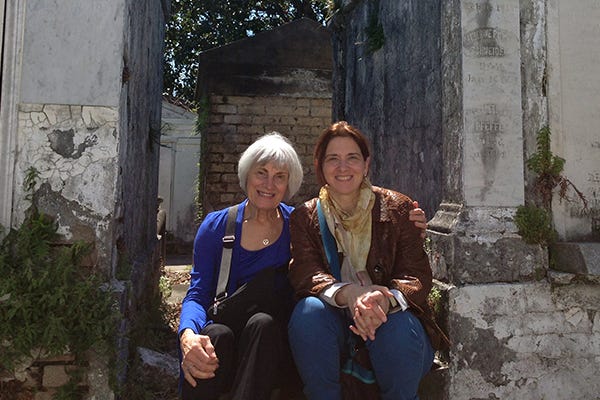Small Steps Built Over Time
Change Happens at the Speed of Relationship
Overcoming conflict and mistrust is possible only when people are willing to show up, stay engaged, and learn the skills of trust-building. By joining together in integrity and connection, addressing differences, and finding common ground, there is potential to find solutions that benefit everyone. There are also benefits of healing the pain of division and cultivating mental well-being that are the results of a more widespread social solidarity.
Wagner, South Dakota is a bicultural community of 1,600 people, located within the boundaries of the Yankton Sioux Tribe. Here, the Native and non-Native communities are segregated, and there is a long history of mistrust between them. The conflict between these groups cannot be understood outside a historical context of injustice and trauma.
In Wagner, there was a first of its kind series of circle dialogues on racism between these two separated communities. In researching my book on vibrant communities, I was introduced to Amy Doom and Vince Two Eagles, co-facilitators of these circles.
Conversations first started in 2008 when Wagner received a very small grant to explore the roots of poverty in rural communities. After these initial conversations, some of the participants wanted to delve deeper. They made the courageous decision to talk about racism because they saw the connection between it and systemic poverty.
The group then sought and received a much larger grant to convene circles on racism dialogues that would transpire over several years. The primary goal of this initiative was to develop a process that would enable trust-building between these two groups so they could continue the conversation and deepen the impact.
Creating a container to safely hold differences between two communities with a long history of conflict and pain is no small undertaking. Skilled facilitation is required to find common ground, which is the foundation for all mutual understanding and intentional change.
Each circle on racism had six sessions, with the first two focusing on trust and relationship-building; the next two were educational, with participants reviewing data together; and in the last two sessions, actions were chosen that arose directly from the educational component.
Out of these study circles on racism, community members developed an understanding and a method to best affect change. After a series of circles, participants reflected upon the different action steps and rated them in terms of effectiveness. They found that taking small actions over time had the most lasting impact.
Amy has since reflected on the process and wondered how it would be different had they gotten the large grant right away. Would they have chased some big goal and overlooked the crucial insight that small, persistent actions work best? Throwing resources at a problem isn't effective without the essential, ongoing work of relationship-building and learning from experience.
This story reflects an important truth: Larger change is initiated within grassroot communities when action is taken within the context of valued relationships. Outside help and resources are sometimes necessary, whether in the form of financial resources, facilitators, relevant outside information, or even governments (through effective policy), but they are not the determinants of transformative change.
While there have been no formal study circles in Wagner for a number of years, the dialogue continues within small groups. Amy said they persist “because for a long time, this was the only space where dialogue happened. That is valuable. To stop is to suffocate. When we have bicultural dialogue, there is a life-giving breath to the corpse we once were. We don’t want to go back to that place.”
Amy and Vince insist on sharing the success stories, another form of taking small steps that build over time. It can be easy to focus on the conflict that exists within communities that suffer from the effects of poverty, trauma, and segregation. But for those interested in being part of the change they want to see, there are also signs of positive change to be nurtured and built upon.
For example, there are now opportunities in Wagner for Native and non-Native people to interact in social situations that weren’t possible before. Spending time together and working toward a common goal are important steps in overcoming fear and igniting compassion.
This story leaves out important elements of the process, particularly the skill-building that enabled these dialogues to continue. “The Practice of Belonging” describes in detail the way these communities gathered and practiced dialogue in order to move the needle towards greater understanding.
I offer a poem written by one of my favorite poets, Joy Harjo, from her book “Conflict Resolution for Holy Beings”. It’s called “This Morning I Pray for My Enemies”.
I'd like to give a loving shout-out to my mother, Donna Kentgen, who celebrates her 80th birthday today! She is a model for me of someone who believes that growth is always possible, and is determined to live every day to the fullest.







